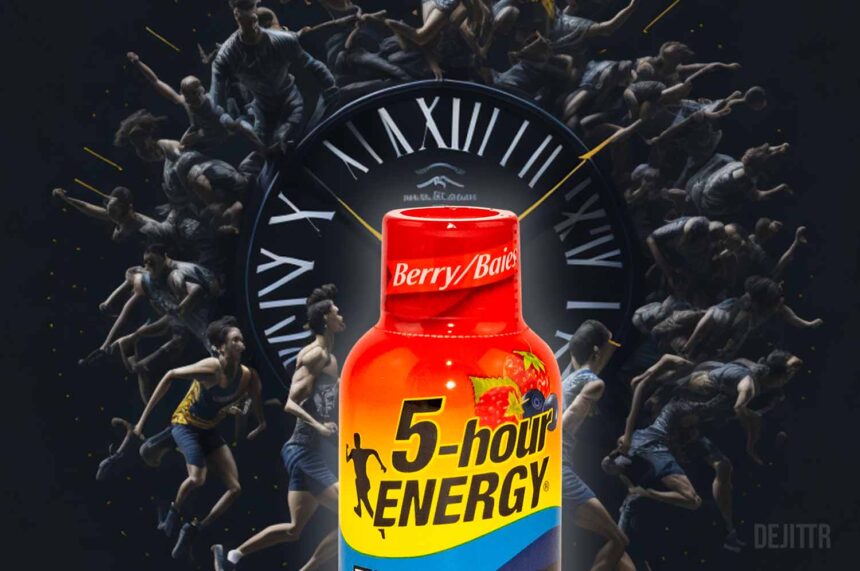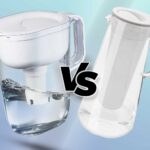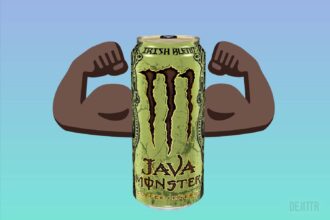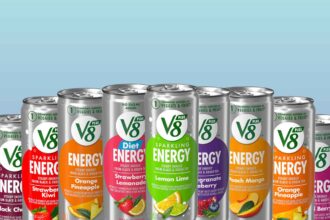Most energy drinks use caffeine and sugar to temporarily give you energy, resulting in a crash only one hour later.
5-Hour Energy, in contrast, markets itself to have no crash and last much longer. Have you ever wondered whether these claims are true?
Key Takeaways:
Most people notice a reduction in focus starting 2.5 hours after drinking a 5-Hour Energy drink. The claim of 5-Hour Energy drinks is based on the time your liver metabolizes caffeine. However, your liver removes caffeine gradually, not all at once. It takes about 5 hours for your liver to halve the caffeine in your bloodstream.
That being said, 5-Hour Energy drinks have several meaningful differences from other energy drinks on the market, and several factors (some of which are easy to control) affect how long an energy drink lasts in your system.
How Long Does 5-Hour Really Last?
The primary active ingredient in 5-Hour energy is caffeine, which the body metabolizes quickly. Most consumers notice a slow decline in the effectiveness of 5-Hour Energy starting at 2.5 hours.
The company claims five hours because of the half-life of caffeine, which your liver removes from the bloodstream in about five hours. The 2.5-hour mark where most people start to feel drowsy again is when half of the caffeine from the drink has been filtered out by your liver.
While 5-Hour Energy claims to have no crash, this is in reference to its’ lack of sugar. You may still experience a crash-like feeling when the caffeine wears off – this is because you have pushed your body while masking the warning signs of exhaustion.
How To Maximize the Duration of 5-Hour Energy
While many people start to notice a decline in a 5-Hour Energy drink’s effectiveness before the five-hour mark, this is dependent on a number of factors, including:
- Whether food was consumed with the 5-Hour Energy
- Starting level of tiredness
- Amount of strenuous activity done after drinking the 5-Hour Energy
- Genetics
- Body size (larger people require higher doses of caffeine for a similar effect)
Many of these factors are under your control – to get more out of your 5-Hour energy you could:
- Drinking it with a snack or meal
- Avoid activity that raises your heart rate
This is because these things prevent your liver from quickly removing the caffeine from your bloodstream. Drinking caffeine with food results in it being released into your bloodstream more gradually – counteracting the liver’s filtration efforts. Similarly, keeping your pulse slow reduces the speed at which blood travels through the body (and is subsequently filtered).
The Science Behind 5-Hour Energy’s Formula
5-Hour energy contains several ingredients for supporting energy levels, including:
- B vitamins
- Amino acids like phenylalanine, tyrosine, and citicoline
Each of these ingredients has been linked to higher energy levels by numerous studies, although you’ll likely only notice an effect from the Vitamins and Amino Acids in 5-Hour Energy if you had a deficit resulting from a poor diet.
The real workhorse is the caffeine present in 5-Hour Energy. Each 5-Hour Energy contains about 200 mg. of caffeine, that’s 120 mg more than a 250 g can of Red Bull.
Recommended read:
Red Bull vs. 5-hour Energy Which Is Healthier?
How Long Does Red Bull Keep You Awake?
How Does 5-Hour Energy Compare to Other Energy Drinks?
Other energy drinks tend to use sugar in addition to caffeine. While this makes them more pleasant tasting and have a higher high, it also results in a shorter effective duration.
The blood sugar spike from a traditional energy drink lasts only one hour, which is then followed by a sugar crash that the caffeine can struggle to mask.
Instead of using sugar as a sweetener, 5-Hour Energy uses sucralose (also known as Splenda). Because 5-Hour Energy has no sugar, it has no sugar crash, which allows you to enjoy the entire duration of the caffeine’s effect.
Possible Side Effects of 5-Hour Energy
Despite not having a crash to worry about, 5-Hour Energy does have potential negative side effects. Some of the most common include:
- Anxiety (sometimes called the jitters)
- B vitamin overdose (numb extremities and tingling)
- Caffeine overdose (heart palpitations and/or neurological issues)
- Digestive upset
How to Avoid Negative Side Effects
Luckily, most of these side effects are easily avoidable by using energy drinks mindfully. You should never:
- Exceed 400 mg. of caffeine in one day (2 standard 5-Hour Energy drinks)
- Take B vitamin supplements and regularly drink 5-Hour Energy drinks at the same time
- Drink more than one 5-Hour energy per sitting
Final Verdict
You can expect the caffeine from a 5-Hour Energy to stay in your system for five hours, but you may feel less of an effect after 2.5 hours. To prolong the effect of an energy drink, you can try taking it with food and avoiding exercise for five hours after drinking it.
Despite the somewhat misleading claim of 5 hours, 5-Hour energy does tend to leave you feeling energized longer because it has no sugar. This prevents a sugar crash, which can dampen the effect of caffeine and occurs much faster than the caffeine is removed from your system by the liver.
FAQ
An extra-strength 5-Hour Energy contains more caffeine than their standard drink. As a result, it may take longer to notice a loss of effectiveness. However, higher caffeine dosages increase your risk of side effects and should always be taken with caution.
Third-party tests have shown about 200 mg of caffeine in a single 5-Hour Energy Drink. This is more than a plain black coffee (130 mg.) but well within the maximum daily intake of caffeine (400 mg.) suggested by the FDA for a healthy adult.
If you drink multiple energy drinks at the same time, it will not increase the duration of the energy spike. It may, however cause negative side effects from a caffeine overdose.
To get a longer duration of energy from two 5-hour energy drinks, you would need to stagger the time that you drink them.
It takes approximately 15 minutes for the caffeine in a 5-Hour Energy to hit your bloodstream after consuming it. You may need to wait 20 minutes to feel the full effect.












